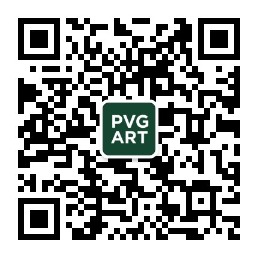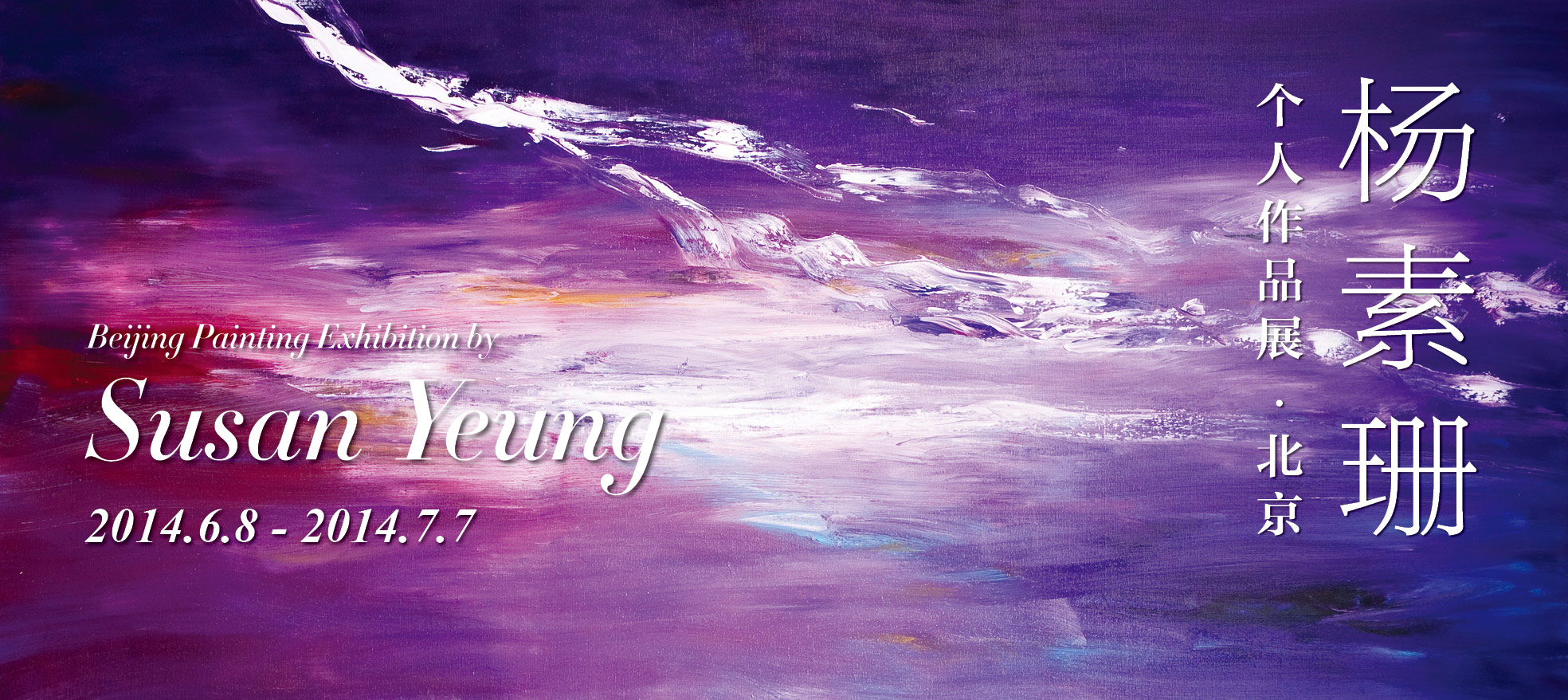Susan Yeung Solo Exhibition _Karma
Kim Mi-Ryoung<Parkview Green Exhibition hall Creative Art Director>
1.
Perhaps
to make a Chrysanthemum bloom,
the cuckoo must have cried since spring.
Perhaps
to make a Chrysanthemum bloom,
the thunder also must have cried in the dark clouds.
Oh, Chrysanthemum, looking like my elder sister,
who stands in front of her mirror
after a long journey through the back alleys of her youth,
her heart tightened by her longings and regrets.
Perhaps
to make your golden petals bloom
the first frost must have fallen last night.
while I could not sleep.
( Beside a chrysanthemum, by Seo Jeong-ju, Korean)
2.
Chinese philosophy emphasizes life whereas its western counterpart gives priority to reason and knowledge. Outdated as this topic sounds, it is one of the reasons for my uneasiness with those dominant comments on her art from the perspective of western art history. Instead of dragging in a certain doctrine or trend of thought, I will focus on the topic of life in Yeung’s works, as well as how she reviews Chinese philosophy by means of oil painting, a typical medium in western art. (Again, I need to point out that people generally base their understanding of art on material, but as one of the art media, “material” is not necessarily a parameter for a certain school or trend.) According to the life-centered Chinese philosophy, both the universe and the life circle can be viewed as charged with animation and energy, making a huge body that move and rejoice together. In other words, the core of Chinese philosophy is the transcendence of the material world into the universe of life, flying over what is sensual, unfolding its spiritual scenario, and finally arriving the essence of life. It is not about finding the beauty of “a priori” world but experiencing the beauty of a “transcendental” world and liberating the world from any “objective” and “figurative” labels. This philosophy enables us to review her works from a perspective other than Abstract Expressionism that was popular in the U.S. in the mid 20th century. As a matter of fact, different from its western counterpart that values reason and knowledge, eastern philosophy, as I mentioned in the beginning, attaches more importance to the meaning of life which itself is highly abstract.
Yeung’s works displays a spectrum of emotions in our life journey. People tend to never get tired of talking about these emotions, hardly aware that each and every one of them means something difficult to the middle-aged. Isn’t said that we do not have any doubts in our 40s? In the East it is believed that a 40-year-old is no longer bothered by worldly wisdom. To put it another way, after one and another crucial moments in life, history tells us, one does not feel perplexed by the ways of people any longer, and at this time he or she happens to be 40 years old. Naturally feelings of the human world, like hope, happiness, joy, confusion, enthusiasm and the like all find expression in Yeung’s works.
3.
“What does life or life circle mean to us?” There are thousands of answers to this question. Yes, what does the so-called life or life circle actually mean to us? It is almost impossible to give an answer that covers all, but we might as well call it Samsara between despair and hope. As I said, Yeung includes into her paintings the recurring hopes and despairs in our lives of trivial matters, revealing her view of life based on the Buddhist Paticcasamuppada (Dependent Origination). Buddhism believes that everything has its origin and everything is the combination of the powerful “yin”, which determines the origin, the change and decay and extinction of matters, and “yuan”, which provides ancillary conditions. This exhibition, vividly showcasing various emotions Yeung experienced in the past three years, gives us a glimpse and enables us to share her hopes and celebrations, expectations and longing, conflicts and perplexities, as well as her memories, reflections and inspirations that are connected with natural time capsule, and above all her unique and intuitive strokes.
Susan Yeung Solo Exhibition _Karma
Kim Mi-Ryoung<Parkview Green Exhibition hall Creative Art Director>
1.
Perhaps
to make a Chrysanthemum bloom,
the cuckoo must have cried since spring.
Perhaps
to make a Chrysanthemum bloom,
the thunder also must have cried in the dark clouds.
Oh, Chrysanthemum, looking like my elder sister,
who stands in front of her mirror
after a long journey through the back alleys of her youth,
her heart tightened by her longings and regrets.
Perhaps
to make your golden petals bloom
the first frost must have fallen last night.
while I could not sleep.
( Beside a chrysanthemum, by Seo Jeong-ju, Korean)
2.
Chinese philosophy emphasizes life whereas its western counterpart gives priority to reason and knowledge. Outdated as this topic sounds, it is one of the reasons for my uneasiness with those dominant comments on her art from the perspective of western art history. Instead of dragging in a certain doctrine or trend of thought, I will focus on the topic of life in Yeung’s works, as well as how she reviews Chinese philosophy by means of oil painting, a typical medium in western art. (Again, I need to point out that people generally base their understanding of art on material, but as one of the art media, “material” is not necessarily a parameter for a certain school or trend.) According to the life-centered Chinese philosophy, both the universe and the life circle can be viewed as charged with animation and energy, making a huge body that move and rejoice together. In other words, the core of Chinese philosophy is the transcendence of the material world into the universe of life, flying over what is sensual, unfolding its spiritual scenario, and finally arriving the essence of life. It is not about finding the beauty of “a priori” world but experiencing the beauty of a “transcendental” world and liberating the world from any “objective” and “figurative” labels. This philosophy enables us to review her works from a perspective other than Abstract Expressionism that was popular in the U.S. in the mid 20th century. As a matter of fact, different from its western counterpart that values reason and knowledge, eastern philosophy, as I mentioned in the beginning, attaches more importance to the meaning of life which itself is highly abstract.
Yeung’s works displays a spectrum of emotions in our life journey. People tend to never get tired of talking about these emotions, hardly aware that each and every one of them means something difficult to the middle-aged. Isn’t said that we do not have any doubts in our 40s? In the East it is believed that a 40-year-old is no longer bothered by worldly wisdom. To put it another way, after one and another crucial moments in life, history tells us, one does not feel perplexed by the ways of people any longer, and at this time he or she happens to be 40 years old. Naturally feelings of the human world, like hope, happiness, joy, confusion, enthusiasm and the like all find expression in Yeung’s works.
3.
“What does life or life circle mean to us?” There are thousands of answers to this question. Yes, what does the so-called life or life circle actually mean to us? It is almost impossible to give an answer that covers all, but we might as well call it Samsara between despair and hope. As I said, Yeung includes into her paintings the recurring hopes and despairs in our lives of trivial matters, revealing her view of life based on the Buddhist Paticcasamuppada (Dependent Origination). Buddhism believes that everything has its origin and everything is the combination of the powerful “yin”, which determines the origin, the change and decay and extinction of matters, and “yuan”, which provides ancillary conditions. This exhibition, vividly showcasing various emotions Yeung experienced in the past three years, gives us a glimpse and enables us to share her hopes and celebrations, expectations and longing, conflicts and perplexities, as well as her memories, reflections and inspirations that are connected with natural time capsule, and above all her unique and intuitive strokes.

